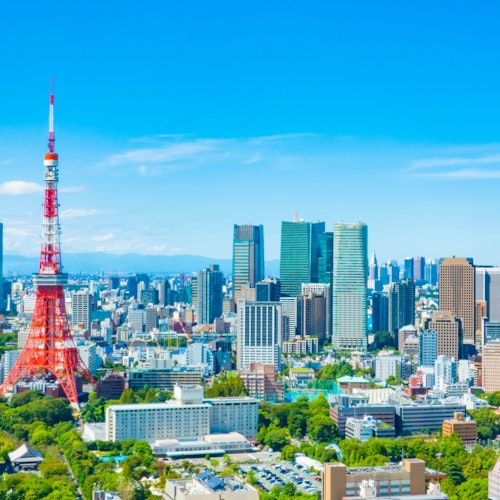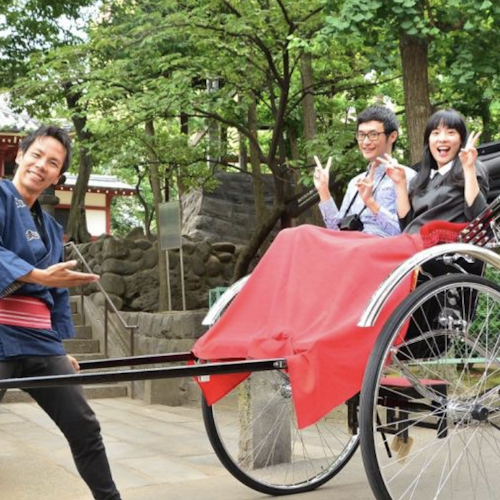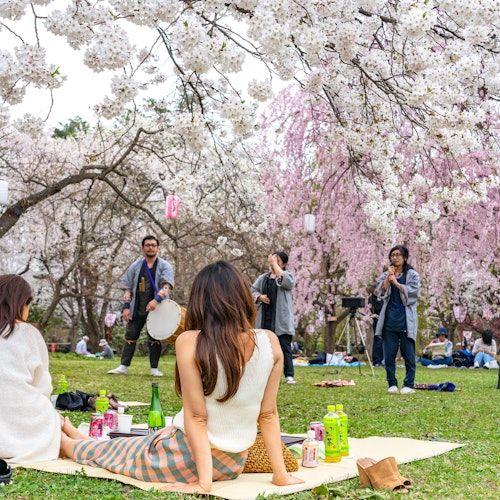
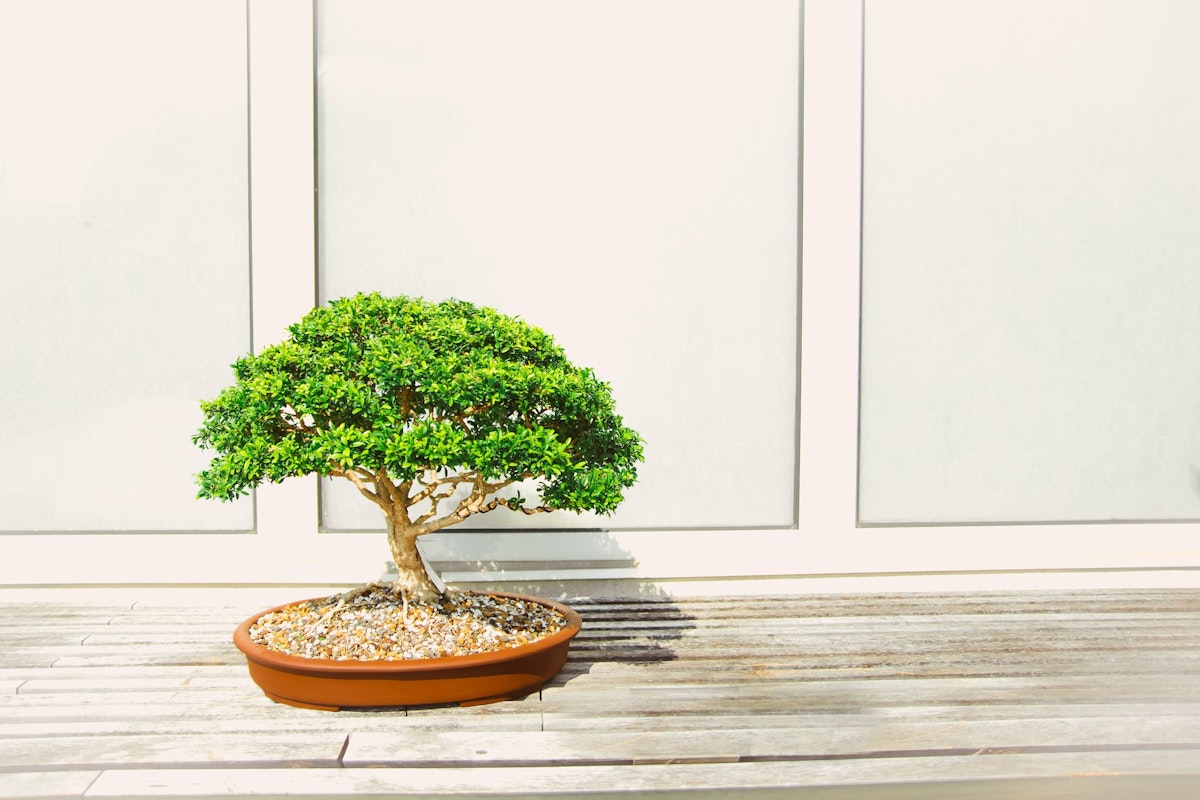
In the heart of Japan's rich tapestry of arts and traditions lies a serene realm where the colossal beauty of nature is gracefully mirrored within the confines of small pots. This is the art of bonsai, an art form that brings life and nature into our living rooms in miniature form. With its roots reaching back over a thousand years, bonsai is not simply about cultivating trees; it is about capturing the essence of the natural world in a timeless display, evoking a sense of wonder and reverence. Bonsai reflects the Japanese ideals of harmony, balance, and patience, revealing a fascinating perspective on how humanity can shape and be shaped by nature.
Join us on an exploratory journey through the captivating world of bonsai. We'll venture into its rich history and deep philosophical underpinnings that echo the values and principles integral to Japanese culture. We'll guide you through Japan's most prestigious bonsai museums, where you'll find yourself in awe of the stunning masterpieces, each narrating a story of resilience and dedication. Additionally, we'll unveil the opportunities for you to immerse yourself in this traditional art form, through engaging workshops and insightful classes. Get ready to embark on an enchanting exploration into the art of bonsai, where you'll uncover a remarkable symbiosis of tradition, art, and nature.
The word 'bonsai' is derived from the Japanese terms 'bon' meaning tray and 'sai' signifying planting - collectively, bonsai translates to 'planting in a tray'. This art form involves cultivating miniature trees in small containers, meticulously cared for to mimic the shape and scale of full-size trees. Bonsai is not simply about dwarfing trees, but it's a detailed art of sculpting and maintaining an aesthetically balanced tree that mirrors nature.
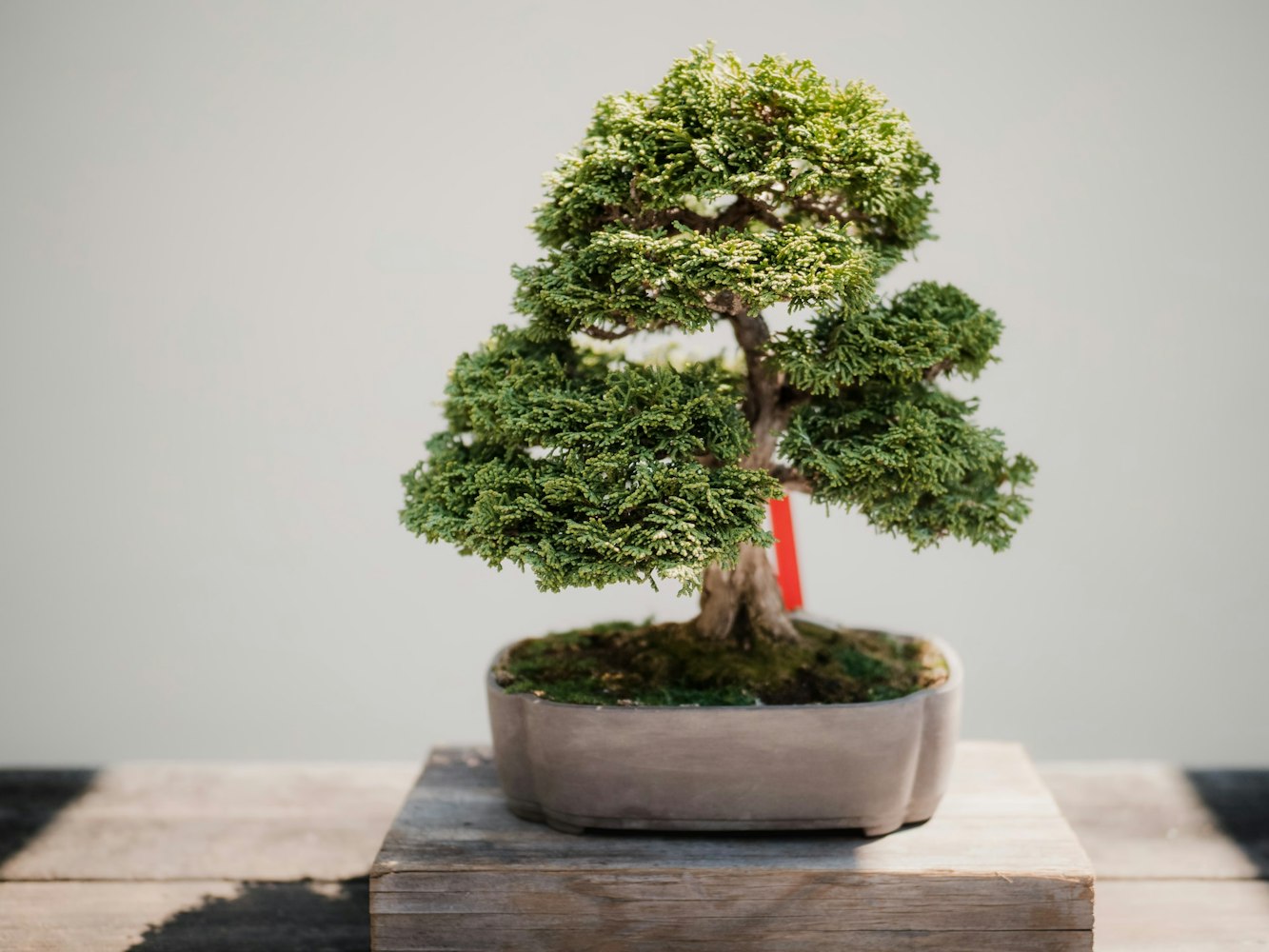
Bonsai, as we know it today, has its origins deeply rooted in Chinese art that emerged over a thousand years ago. This practice, known as 'penjing', involved creating miniature landscapes in a pot. As Buddhism spread from China to Japan in the 6th century, the art of bonsai also traveled and evolved. Japanese artisans elevated bonsai from a horticultural practice to a revered form of high art.
The philosophy of bonsai is intertwined with the principles of Zen Buddhism, where the ultimate aim is to understand the essence of things. Bonsai's allure lies in the ability to evoke the infinite and the eternal within the finite and the temporal. It represents the artist's attempt to capture the essence of the universe within a confined space.
Bonsai demands patience, perseverance, and a deep respect for life's processes. The art itself is an exercise in mindfulness and dedication. A bonsai artist must understand the inherent characteristics of each tree species, but also the universal laws of growth and decay. The creation and maintenance of bonsai involve practices of pruning, wiring, and watering that require a sustained commitment. It's not just an art, but a lifelong journey.
Bonsai artfully encapsulates several integral aspects of Japanese culture. It reflects 'wabi-sabi,' the uniquely Japanese aesthetic concept that finds beauty in simplicity, imperfection, and transience. A bonsai tree, often sculpted to highlight the beauty of its imperfections, serves as a living embodiment of wabi-sabi.

Additionally, bonsai mirrors the Japanese cultural propensity for miniature objects. From the miniature worlds of capsule toys to intricately detailed food samples, the fascination with miniaturization permeates many aspects of Japanese society. This obsession is deeply rooted in Japan's history, where space has always been a premium, thus necessitating the reduction in scale while retaining the inherent quality and function. Bonsai, therefore, not only stands as an individual art form but also as a reflection of broader cultural trends in Japan.
While bonsai has captivated people worldwide, its heart remains in Japan, where the most exquisite examples of this art form can be found. Bonsai artists in Japan have spent centuries refining their techniques and philosophies, creating miniature masterpieces that represent the pinnacle of this art form. A visit to Japan offers the unparalleled opportunity to experience bonsai in its authentic cultural context, gaining insights into the techniques, aesthetics, and cultural significance that have shaped this unique art form over the centuries.
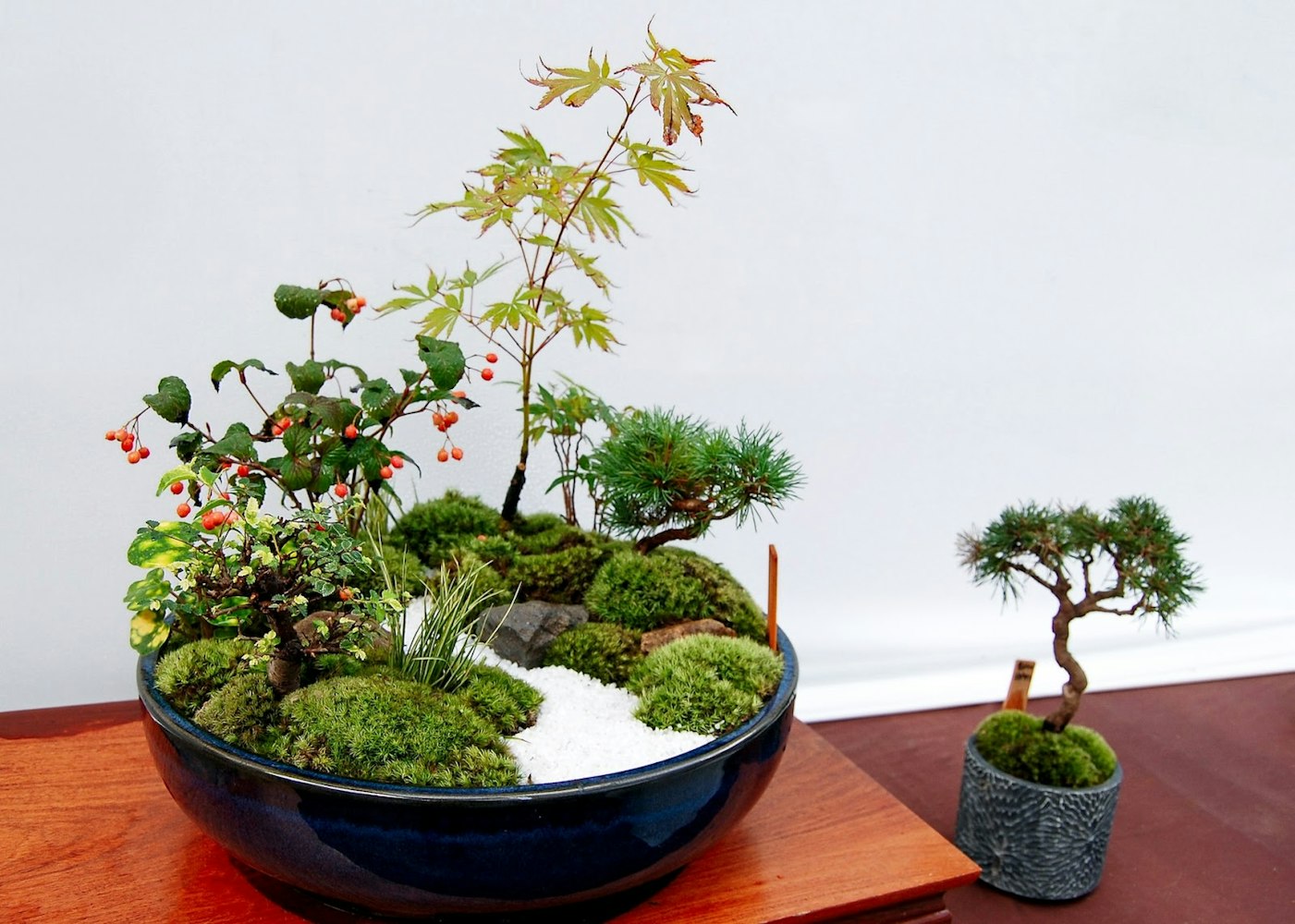
In Japan, bonsai trees are not only found in museums and nurseries, but they are also an integral part of traditional festivals and events. They serve as cherished heirlooms, passed down through generations, carrying with them stories of the past and symbolizing continuity and resilience. For travelers and bonsai enthusiasts alike, visiting these bonsai havens in Japan provides a chance to witness the timeless beauty of bonsai, offering a profound appreciation of this mesmerizing art form.
Located in the serene city of Saitama, the Omiya Bonsai Art Museum offers an impressive collection of bonsai masterpieces, some of which are centuries old. This museum, opened in 2010, is known to be the world's first public museum dedicated solely to bonsai art, drawing bonsai enthusiasts and admirers from all around the globe.
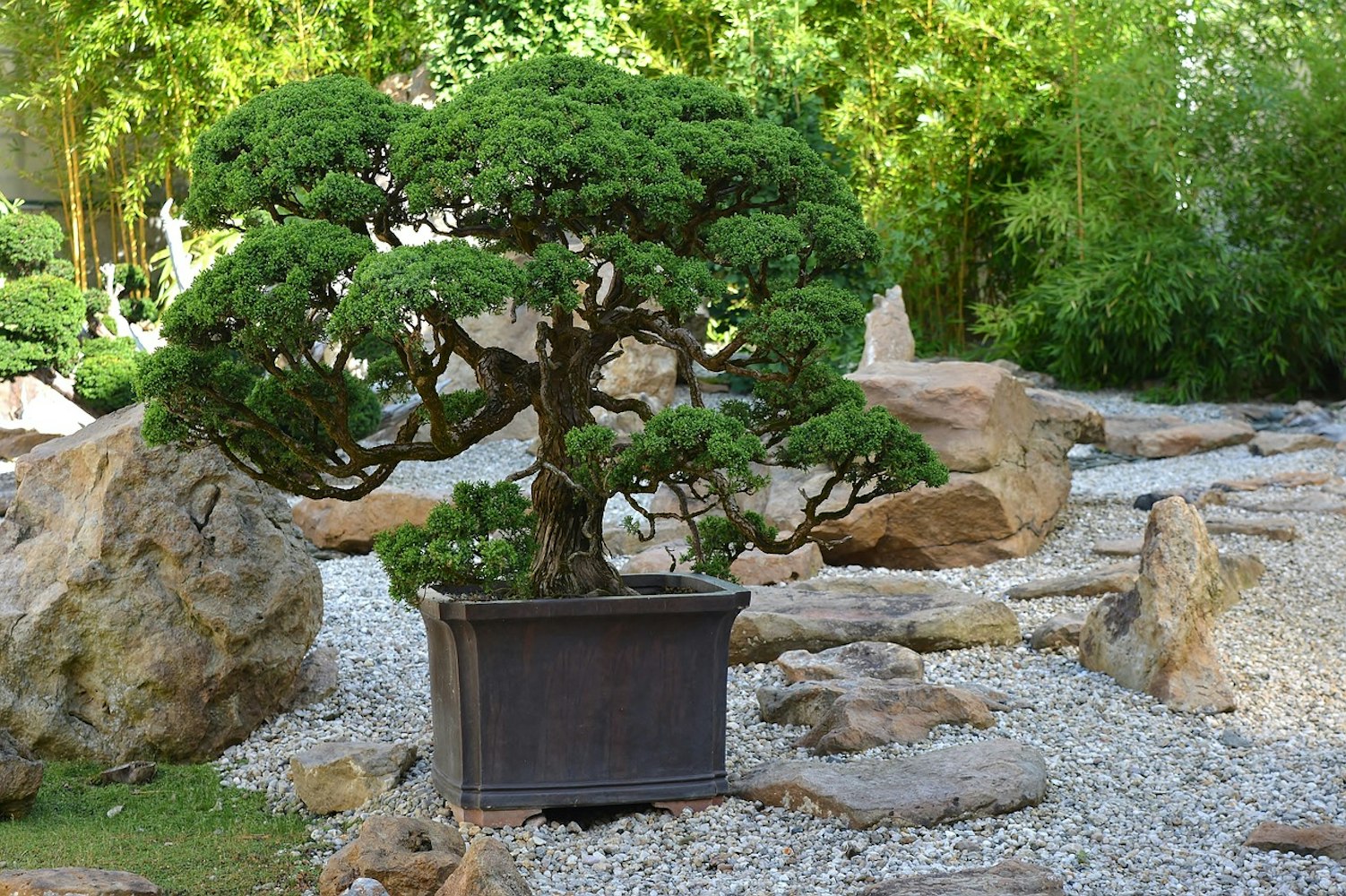
Besides showcasing an extensive array of bonsai trees, the museum offers a deep dive into the history and culture of bonsai through its exhibits and displays. Visitors can explore an extensive collection of bonsai-related artifacts, such as bonsai pots and suiseki (viewing stones), as well as detailed English explanations that enrich the overall understanding of this art form. The museum also boasts a beautiful Japanese-style garden, allowing visitors to immerse themselves in the tranquility that bonsai embodies.
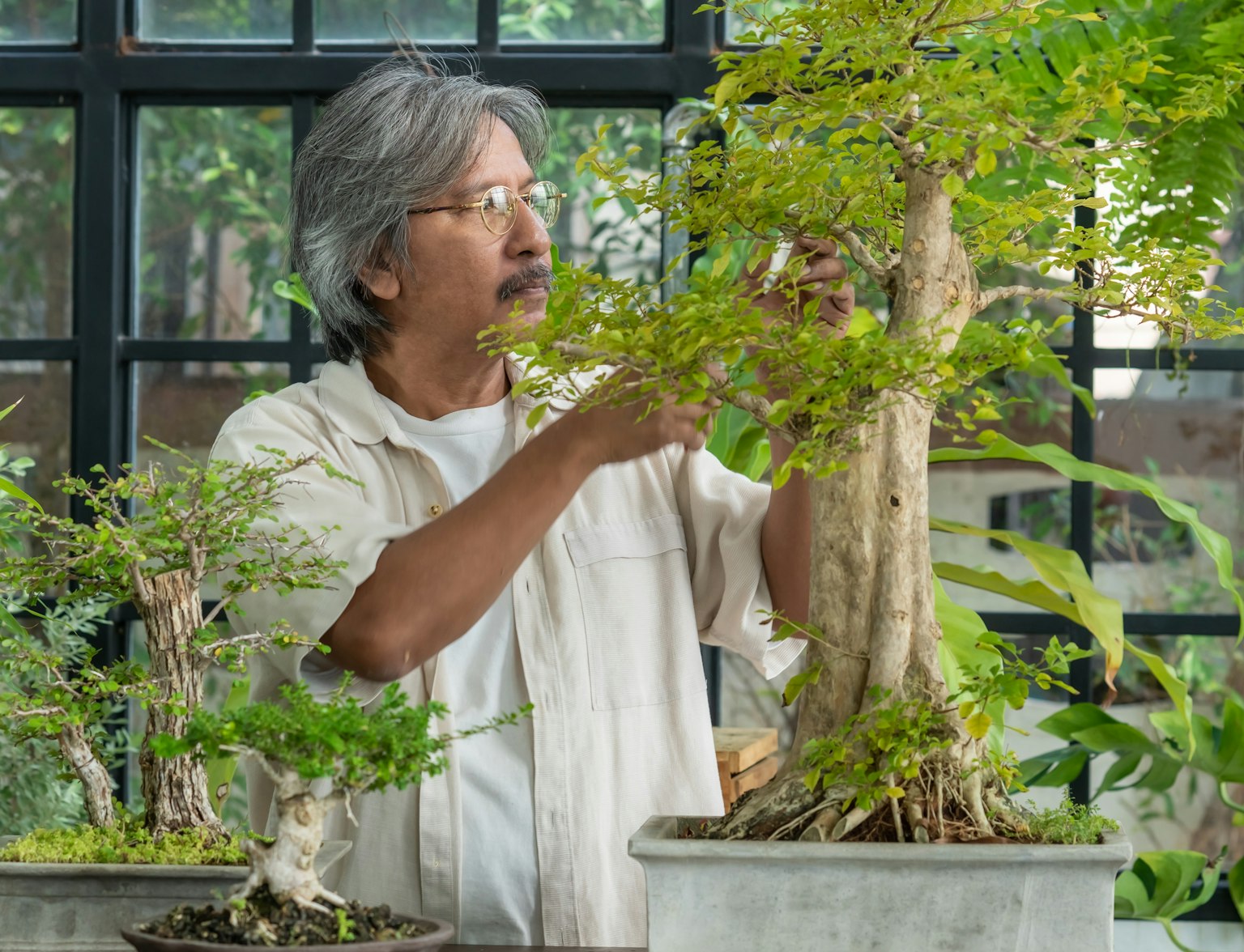
Must-visit destination for Bonsai and Japanese garden lovers.
Another must-visit for bonsai aficionados is the Shunkaen Bonsai Museum in Tokyo. Founded by Kunio Kobayashi, a master in the bonsai world with numerous national and international awards to his name, this museum houses more than a thousand bonsai masterpieces, including some that are over 800 years old.
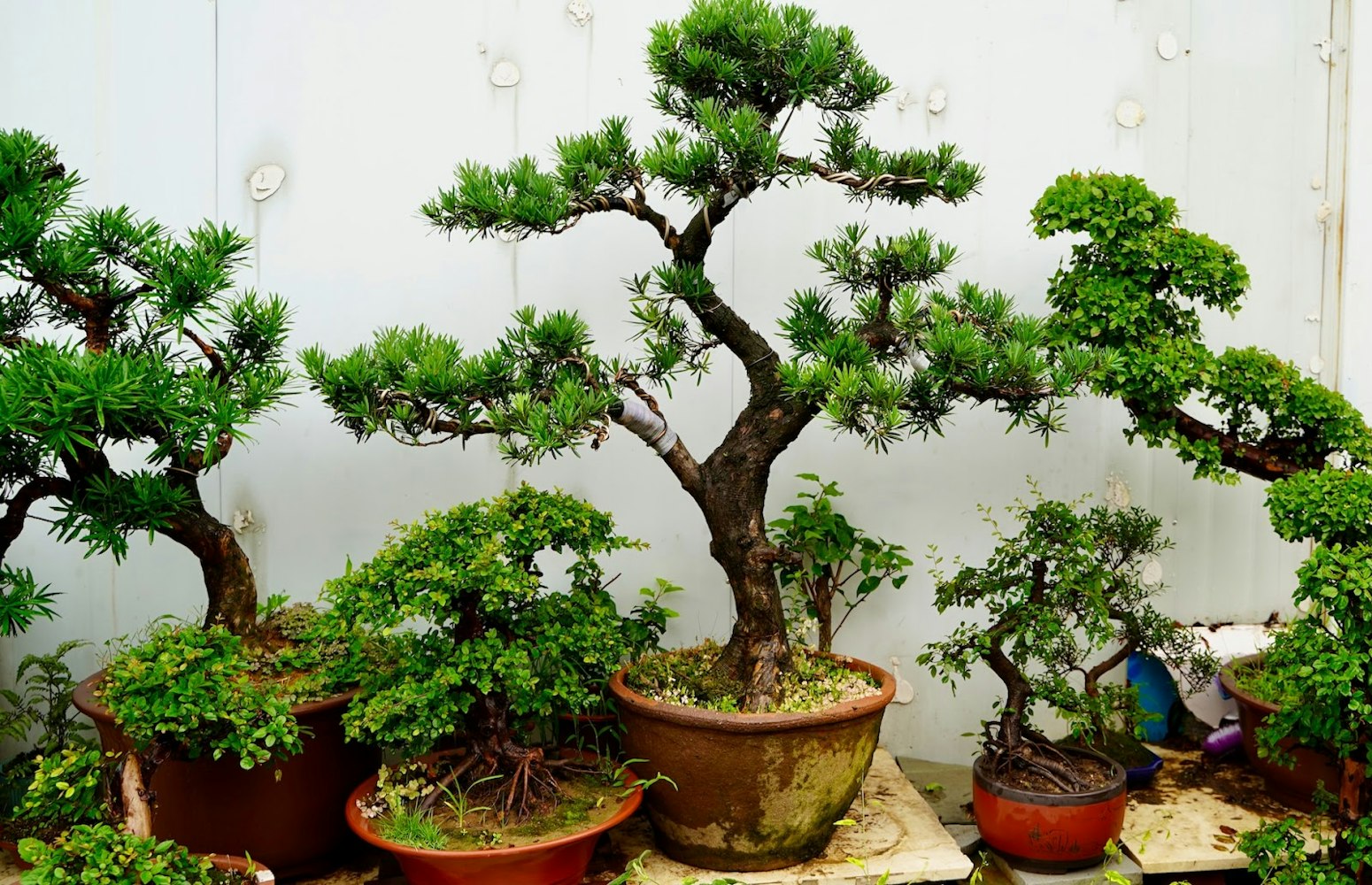
In addition to its stunning collection, the Shunkaen Bonsai Museum stands out for its emphasis on education and international outreach. Kunio Kobayashi offers bonsai classes for both beginners and advanced students, sharing his wealth of knowledge with people from around the world. This inclusive approach, coupled with the museum's extensive collection, makes Shunkaen a beacon of bonsai culture globally.
Located in the heart of Nagoya, the Bonsai Plaza offers a unique and engaging experience for bonsai enthusiasts. While it might be smaller compared to the museums in Saitama and Tokyo, this plaza is loved for its intimate setting and its welcoming atmosphere.
The Bonsai Plaza is not only a place to observe bonsai but also an environment to interact with this art form. It hosts a variety of bonsai workshops where visitors can learn about the basic techniques of bonsai maintenance and creation. These workshops offer a hands-on experience, providing a deeper understanding and appreciation of the art of bonsai. Whether you're a seasoned bonsai artist or a curious traveler, the Bonsai Plaza in Nagoya offers an enriching and unforgettable journey into the world of bonsai.
There's no better way to appreciate bonsai than to create one. Various bonsai gardens and museums across Japan offer workshops and classes where enthusiasts can try their hand at bonsai creation. These workshops, led by bonsai masters, guide participants through the basic techniques of planting, pruning, wiring, and watering. They offer a unique opportunity to delve into the technical aspects of bonsai cultivation, providing the tools and knowledge to start your own bonsai journey.
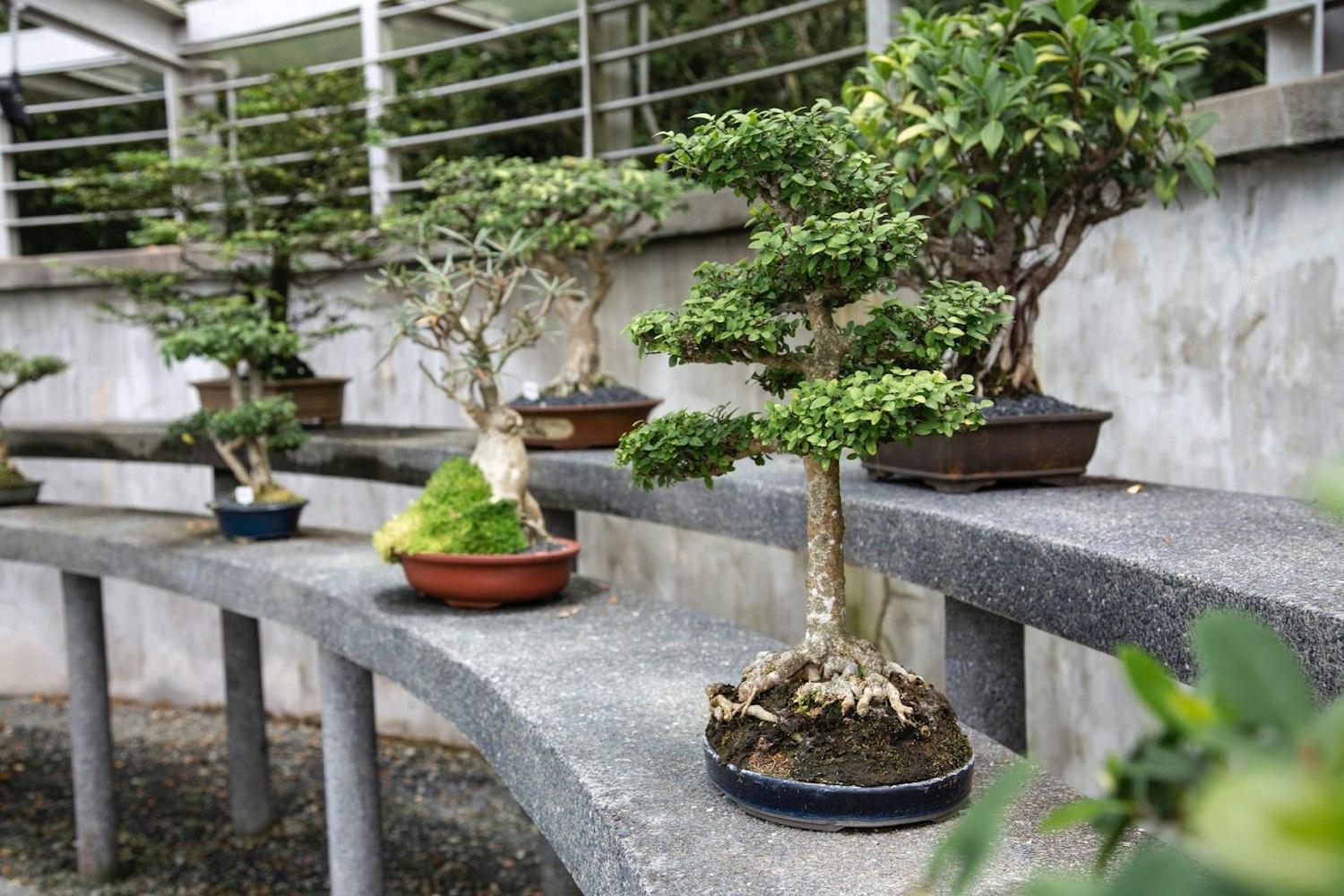
These classes also provide a platform for cultural exchange. They attract a diverse range of participants, from local Japanese enthusiasts to international visitors, all sharing a common interest in bonsai. Engaging in these hands-on experiences offers a deeper understanding of the patience, dedication, and artistic sensitivity required to cultivate bonsai. It brings one closer to the essence of the Japanese spirit, fostering a newfound appreciation for nature and the art of bonsai.
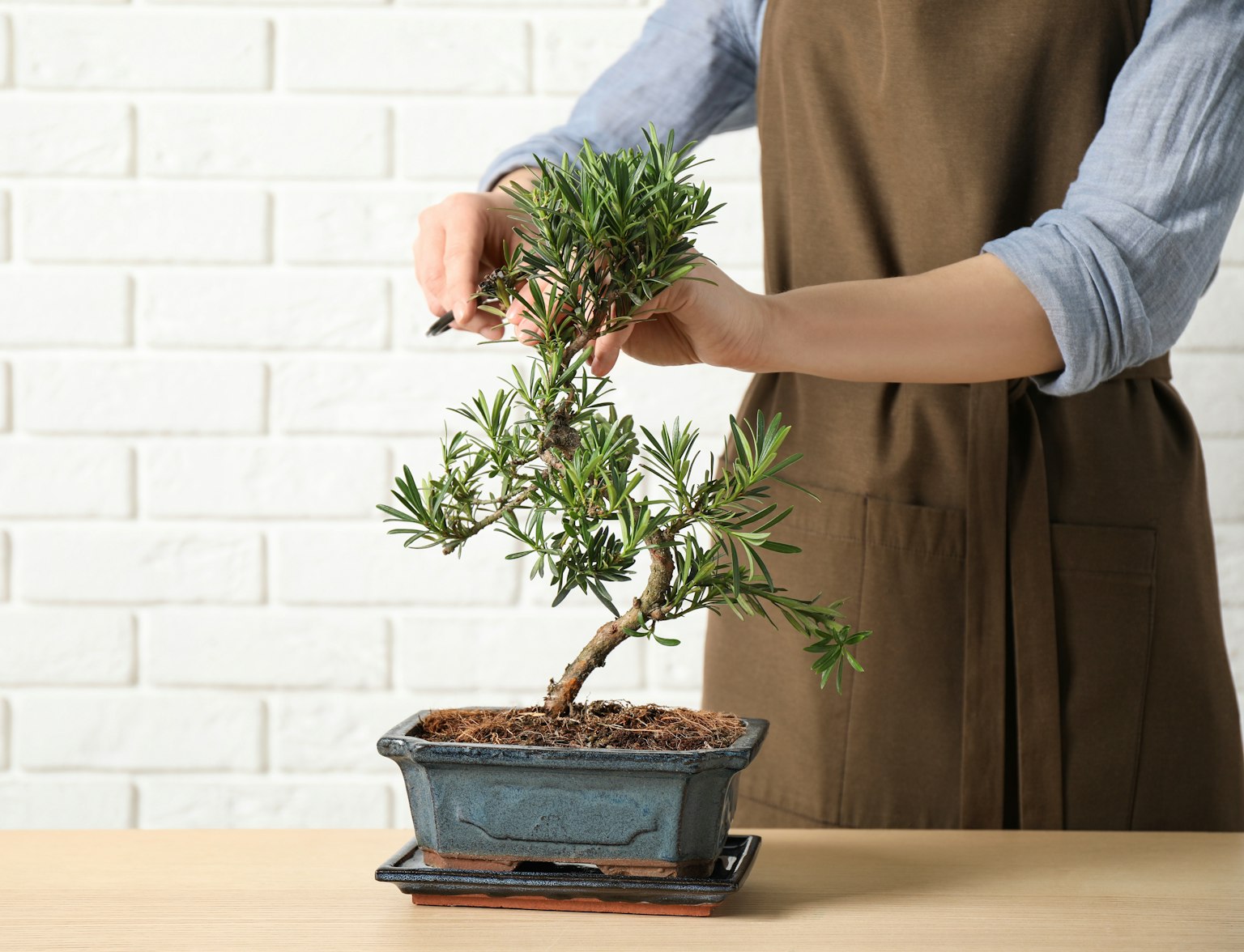
Embrace the timeless art of Bonsai in Tokyo.
Bonsai plays a crucial role in preserving Japanese tradition. It is a conduit for the transmission of ancient horticultural techniques, Zen philosophies, and aesthetic principles. The practice of bonsai ensures that these traditions continue to thrive, passed down from masters to novices, from one generation to the next.
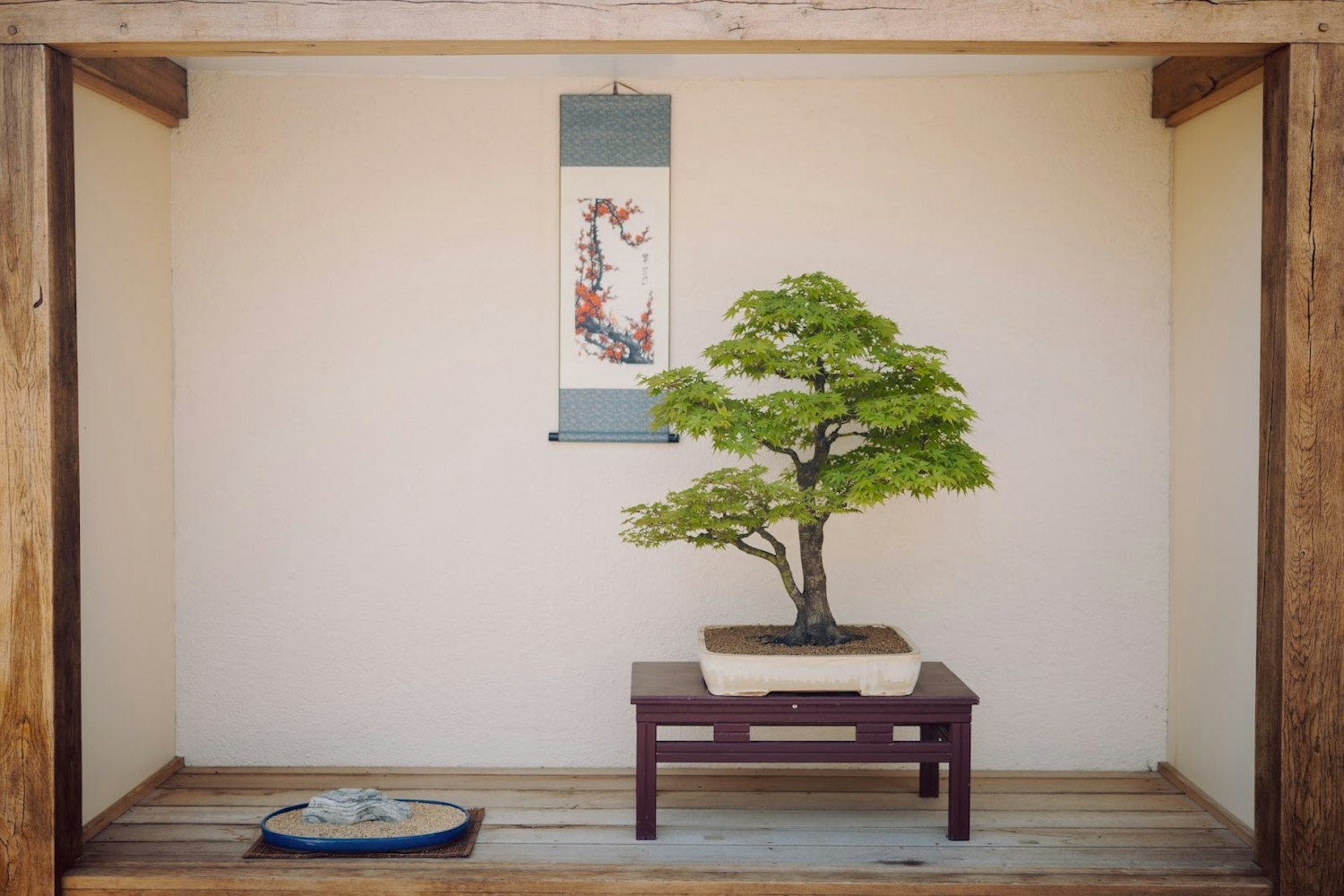
Moreover, bonsai serves as a vehicle for cultural preservation beyond its own art form. It embodies principles central to many aspects of Japanese culture, such as 'wabi-sabi' (beauty in imperfection and transience) and 'mono no aware' (the awareness of impermanence). The cultivation and appreciation of bonsai encourage mindfulness, patience, and a deep respect for nature—values that are integral to Japanese culture. Through bonsai, these cultural values and traditions continue to be celebrated and preserved, ensuring their survival for future generations.
The art of bonsai offers a captivating window into the depth and beauty of Japanese culture. Each miniature tree encapsulates a story, a testament to Japan's profound respect for nature, its pursuit of aesthetic balance, and its appreciation for the ephemeral beauty of life. This art form extends beyond mere horticultural practice, bridging the past and present, and serving as a living symbol of Japanese tradition and philosophy.
Engaging with bonsai, whether through museum visits, workshops, or personal cultivation, provides a unique opportunity to delve into the heart of Japanese culture. It is a mindful journey, inviting us to slow down, observe, and appreciate the beauty in every detail. Bonsai encapsulates the essence of Japan, a country where art and nature intertwine in harmony, reminding us of the profound connections between humans, nature, and the wider universe.
